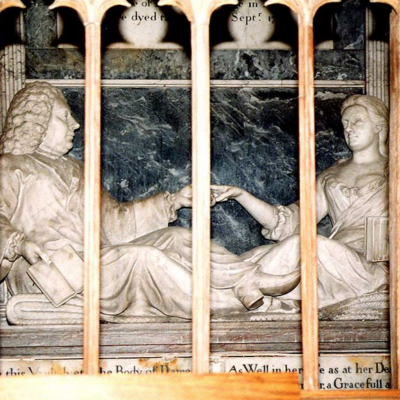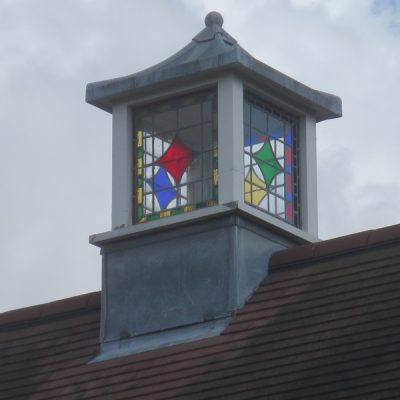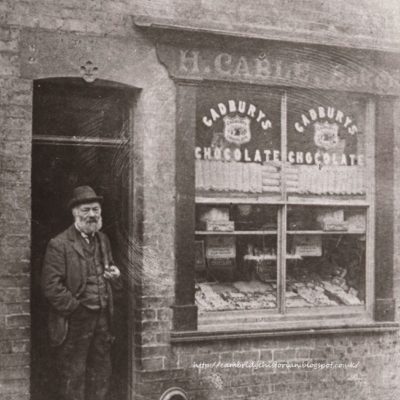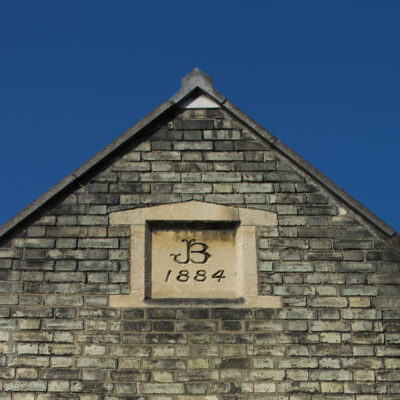Search by topic
- archaeology
- Building of Local Interest
- chapel
- charity
- church
- crime
- dressmaker
- fire
- Great Eastern Railway
- Listed building
- Mapping Relief
- medieval
- oral history
- poverty
- Public House
- Religious House
- Roman
- scholar
- school
- Then and Now
- tudor
- women
- work
- world war one
- world war two
Search by text
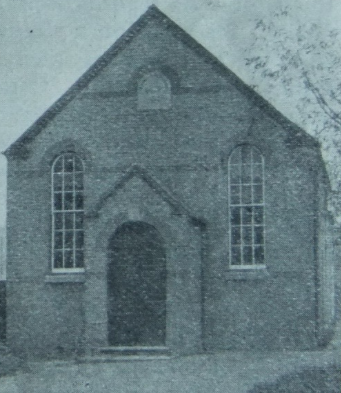 Sturton Street Chapel
Sturton Street ChapelPrimitive Methodist Chapel, Sturton Street
History of the Methodist Chapel
1912
Of existing places, the least in point of size is that in Sturton Street, a populous street in a working class locality. Accommodating only one hundred and fifty hearers, it has nearly fifty members, a flourishing Sunday school and other prosperous institutions, and enjoys a degree of success out of proportion to its bulk. In general enthusiasm and evangelistic zeal this church is like a bit of northern Methodism. From time to time conversions take place, and even college professors from more formal gatherings have appreciated leading its worship. Started in 1875, it meets a felt need in the neighbourhood. It is to be hoped that before long convenient premises will be erected that it may properly, garner where it has gleaned. (from the Christian Messenger 1912)
1875
Methodist worship moved here from 63 Sturton Street in 1875. The first superintendent of the chapel was the Rev W Rudd.
1901
Extra room added for Sunday school
1913 Primitive Methodist Chapel
Rev. G. Windram, minister
1921
Ex-army hut added to meet needs of young people
1934
New hall added which escaped bomb damage caused to main chapel in WWII
1941 August.A high explosive bomb partially destroyed the chapel. Services were conducted in a nearby hall.
1954
New chapel opened after wartime bomb damage. Cost of £6,000.
1962 Methodist Chapel
Contribute
Do you have any information about the people or places in this article? If so, then please let us know using the Contact page or by emailing capturingcambridge@
License
This work is licensed under CC BY-NC-SA 4.0







